Many of the Moto Z Force Droid’s top-end features, including the bright f/1.8 aperture lens, Optical Image Stabilization (OIS), laser autofocus, and dual-tone LED flash are included on the Moto Z Droid, helping it achieve a solid set of results in our tests. With sub-scores of 83 for Photo and 84 for Video, the Moto Z Droid offers consistent results for both mediums. The video module is a lower-resolution 2160p@30fps offering, so doesn’t boast the 4K capture possible on the Force, but videos offer good target exposures in most situations, with fast and accurate exposure adaptation to changing lighting conditions. The Moto Z Droid’s laser autofocus system is fast and accurate in all lighting conditions, and video stabilization is effective in reducing judders and shakes for smoother movies.
Exposure and contrast (88)
Achieving an excellent category score for Exposure and contrast, the Moto Z Droid captures well-exposed images in all lighting conditions. Good target exposures boast a pleasant overall feel with high levels of contrast. When triggered, Auto HDR mode extends dynamic range and effectively minimizes halos along contrast edges. HDR mode isn’t always accurately triggered on consecutive shots, however, resulting in good target exposures but with over-exposed highlights. In low light, the f/1.8 lens and OIS system ensure that the Moto Z Droid can utilize lower ISO sensitivities with slower-than-usual shutter speeds, and still capture sharp images with reduced levels of noise to maintain good detail. Images shot in extreme low light (5 Lux) are a little under-exposed, with reduced color saturation, but images are still usable; and with stronger 10 and 20 Lux light sources, exposures are brighter, more saturated, and sharper.
Color (83)
The Moto Z Droid offers accurate and pleasant color rendering in all conditions. In outdoor exposures, color shading is barely visible in the shadows, and although white balance is mainly accurate, some failures occur, with a slight pink or green colorcast evident. Color remains strong in low-light conditions, but some color shading with pink corners and green edges occurs, and white balance has a slight pink colorcast overall.
Autofocus (91)
With an outstanding category score for autofocus, the Moto Z Droid’s laser AF system is extremely fast in bright light conditions and offers accurate focus in all conditions. In preview mode, autofocus is slightly unstable at infinity focus, with some oscillations visible during video autofocus, but most users will find autofocus performance very strong.
Texture (79)
Noise (80)
The 13Mp sensor renders good levels of detail in outdoor exposures. Some very fine details are lost compared to the high-resolution 21Mp Moto Z Force Droid model, and a little more luminance noise is visible, but large A3 prints with nice texture and detail remain possible. In low light, the presence of luminance noise is stronger, which has an impact on levels of detail, and there’s some inconsistency in sharpness on consecutive images shot using 20 to 100 Lux light sources. When it gets the processing right, however, the Moto Z Droid offers very.
Artifacts (78)
Some ghosting is visible in Auto HDR exposures, but halos along contrast edges are effectively minimized and barely visible. Chromatic aberrations are hardly noticeable, too, and although some ringing is noticeable at 100%, it’s unlikely to have a significant impact unless you’re planning to make very large prints. Perhaps more significant is a visible loss of sharpness in the outer field, with the Moto Z Droid boasting improved resolution in the center of the frame.
Flash (81)
The Moto Z Droid’s dual-tone LED flash unit ensures good target flash exposures, color rendering, and high levels of detail preservation. The flash is nicely centered in the frame, but heavy light attenuation results in visible flash fall-off and increases the level of visible noise in the corners of the frame. Red-eye correction is not always repeatable, with some flash exposures resulting in “devil eyes” that will require some correction in post-production. Mixing flash with tungsten light sources, color remains strong, but white balance turns slightly pink, with some white balance inconsistencies visible over consecutive flash exposures.
Video (84)
Video exposure is accurate in most conditions, with fast and smooth exposure adaptation to lighting changes. Noise is generally well handled on videos, particularly in bright light conditions, where low levels of chromatic noise ensure well-defined detail preservation. There’s a noticeable loss of fine detail in low-light videos, however, and some slight ghosting is visible, too. Although video autofocus is generally good in most scenarios, focusing from macro to infinity can be a little unsmooth, with some noticeable steps in convergence.
Photo Pros
- Images are well-exposed.
- Good detail preservation in outdoor conditions.
- Pleasant color rendering in all conditions.
- Accurate autofocus in all conditions.
Video Pros
- Good target exposure in most conditions, with fast and smooth adaptation to lighting changes.
- Video stabilization is quite effective.
- Noise is generally well-contained, with low levels of chromatic noise.
Photo Cons
- On HDR pictures, ghosting is sometimes visible and halos are barely visible.
- Strong luminance noise is visible in low-light conditions.
- Inconsistency of detail preservation between 20 and 100 Lux.
- Some white balance failures and instabilities are visible in outdoor conditions.
Video Cons
- Focusing from macro to infinity is often inaccurate, with multiple convergence steps.
- General loss of details, particularly in low-light conditions.
- Ghosting is slightly visible in indoor conditions.


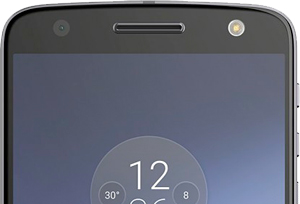


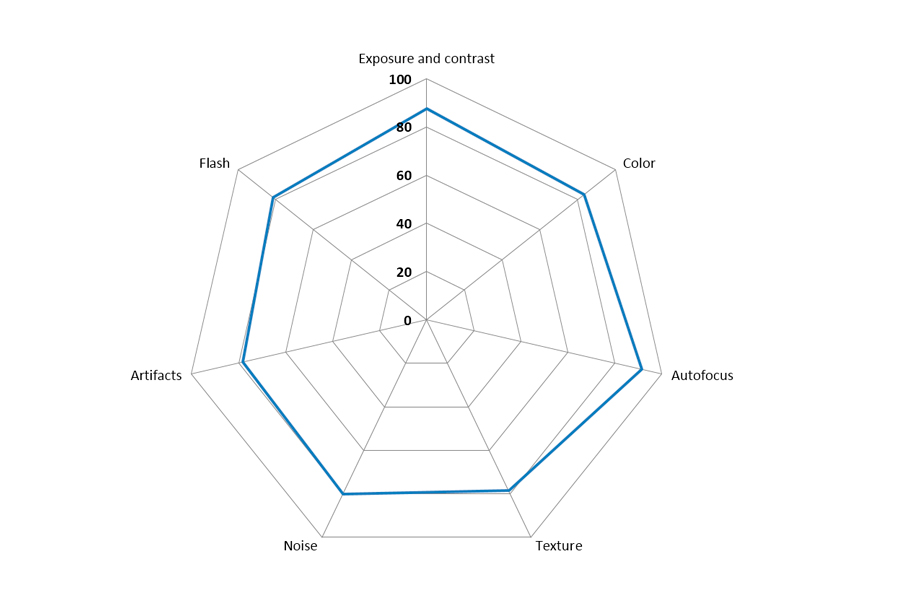

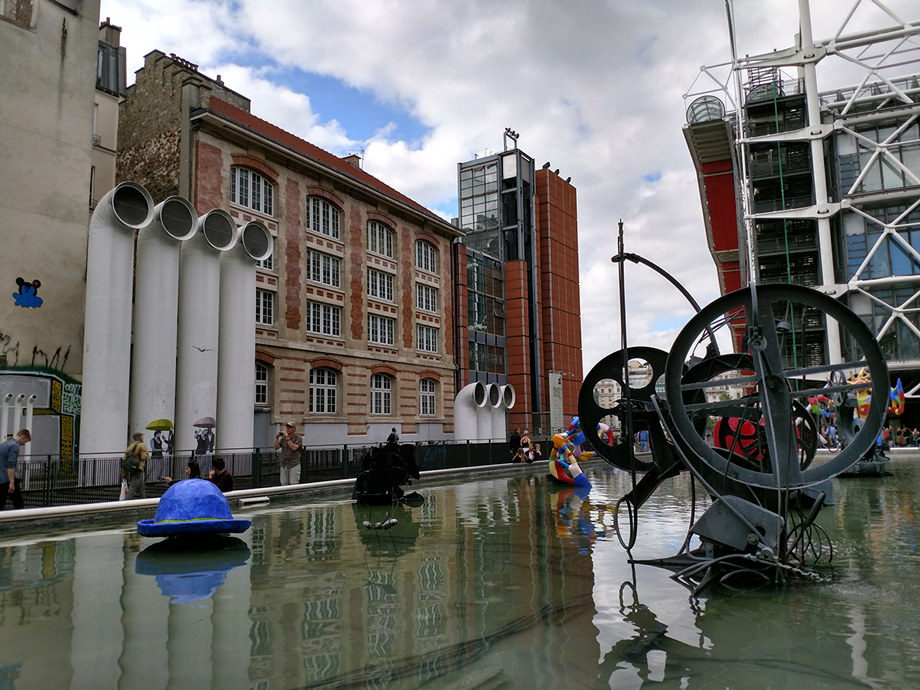
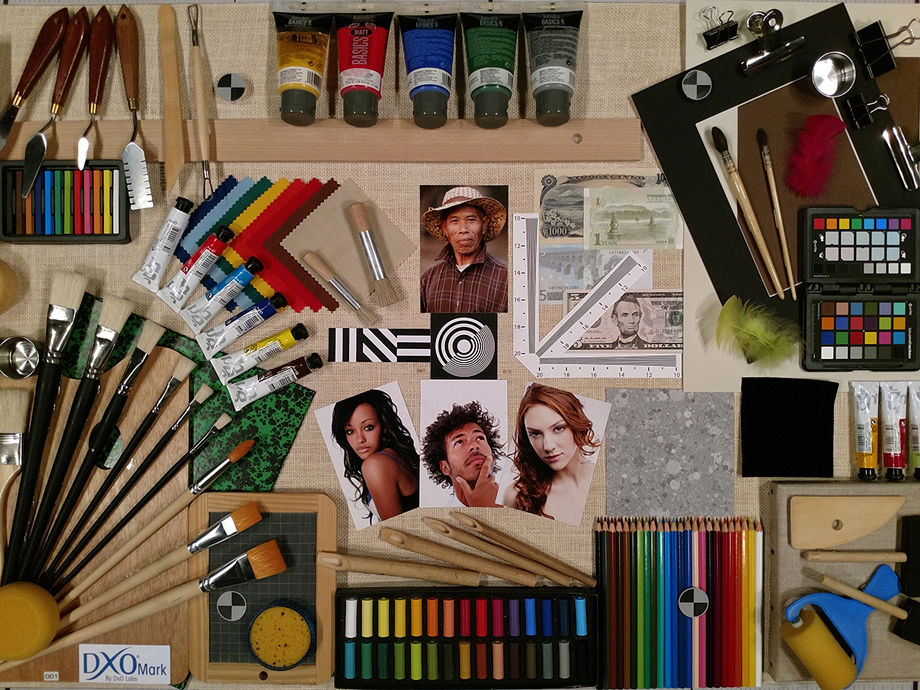
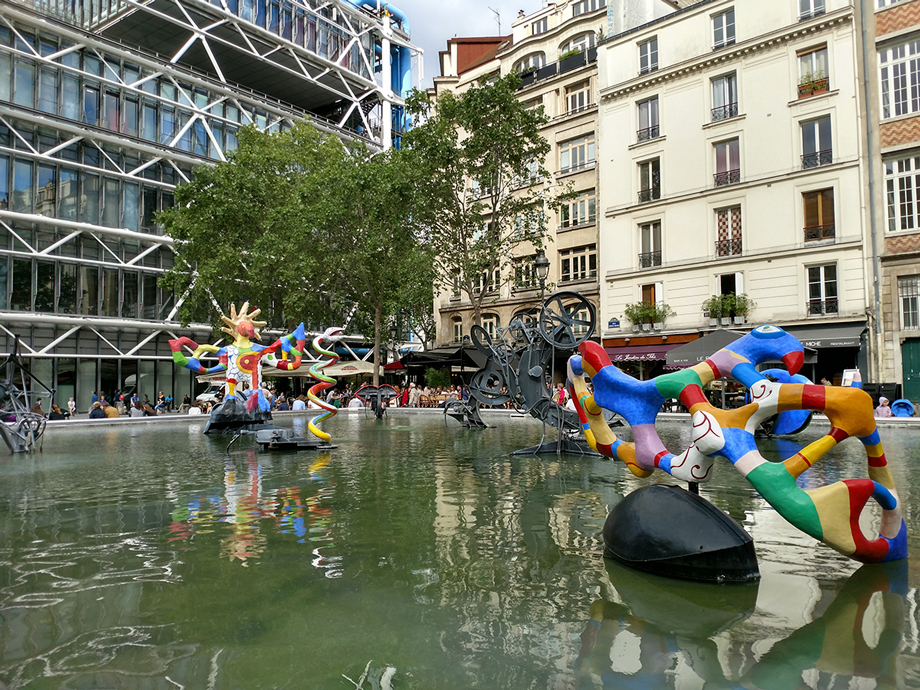
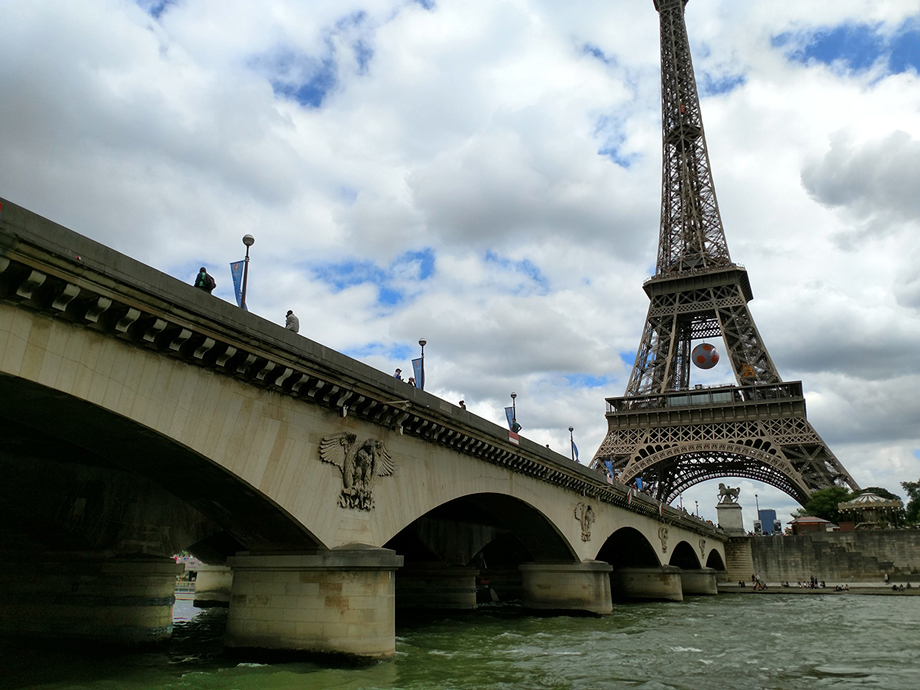
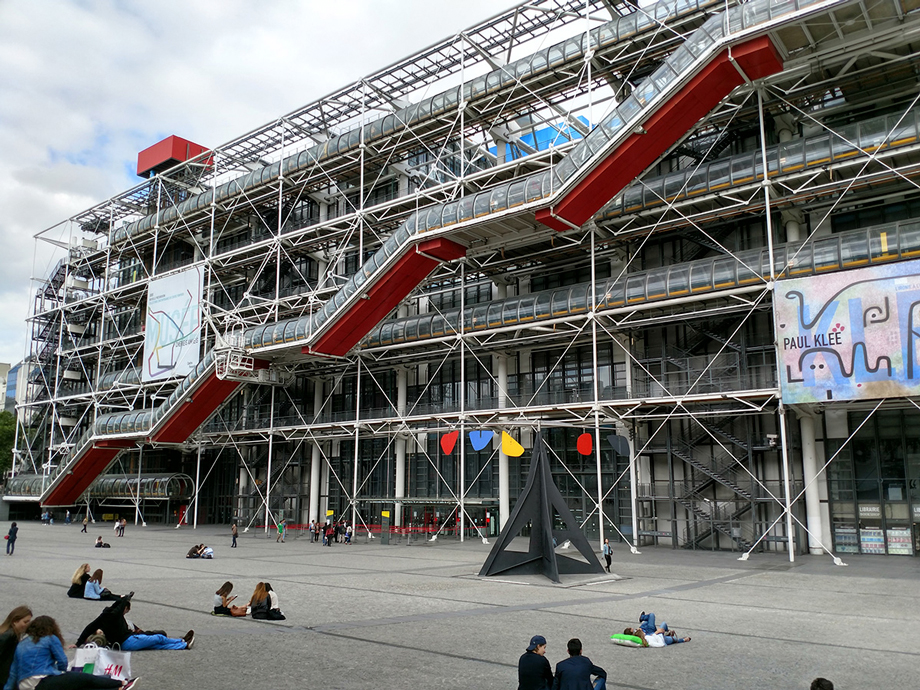
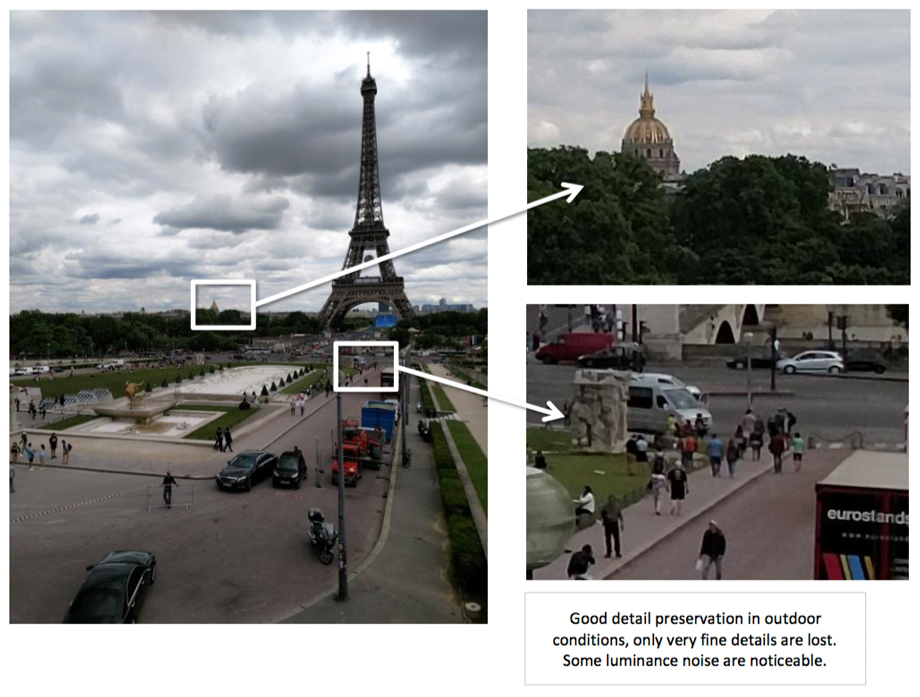

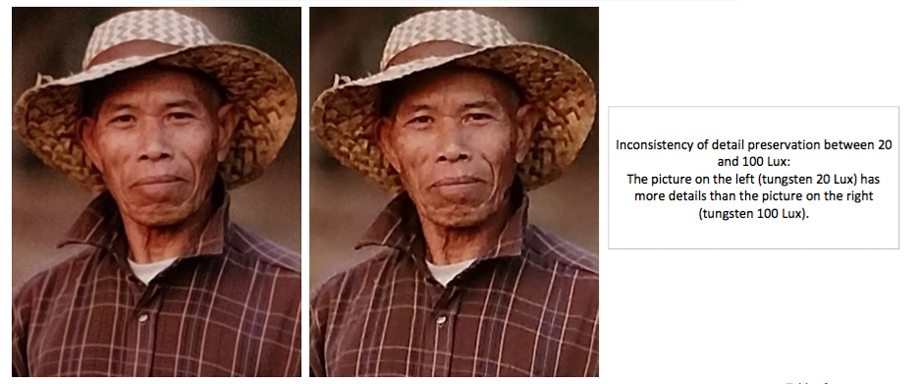
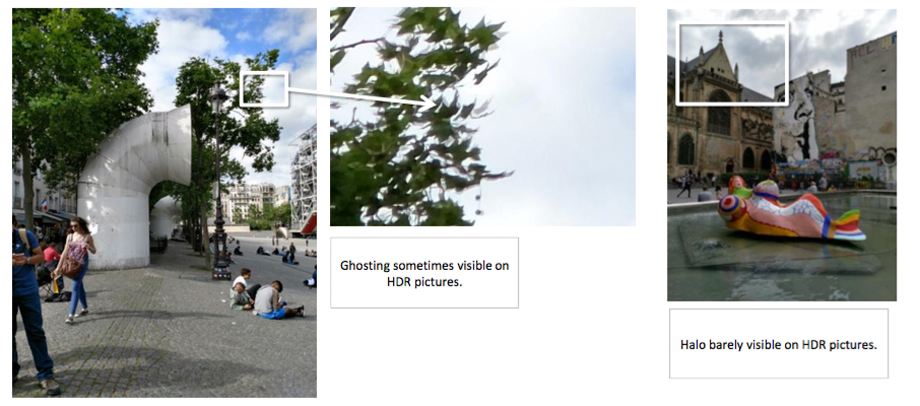
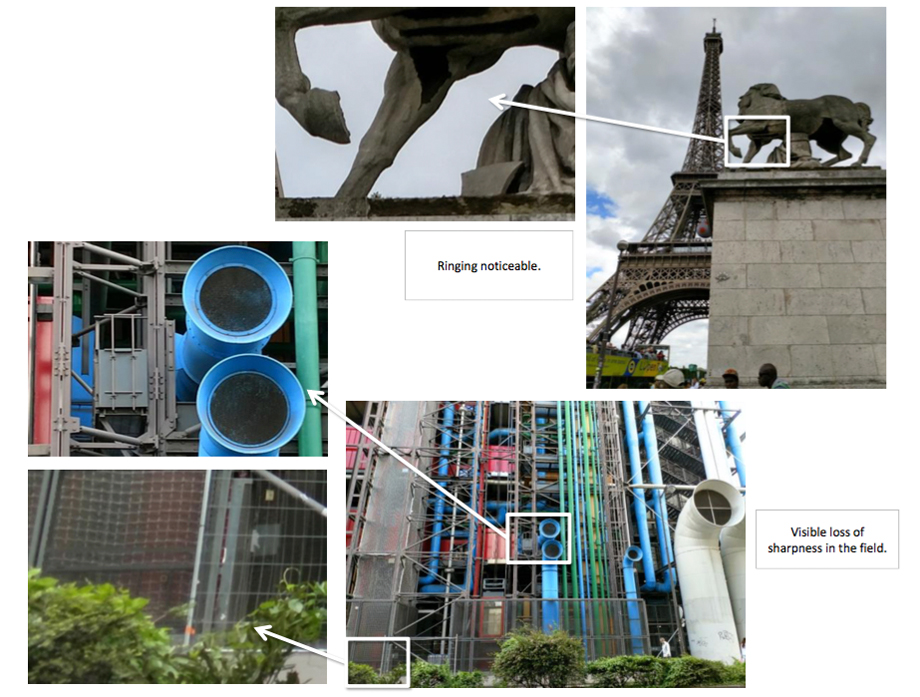
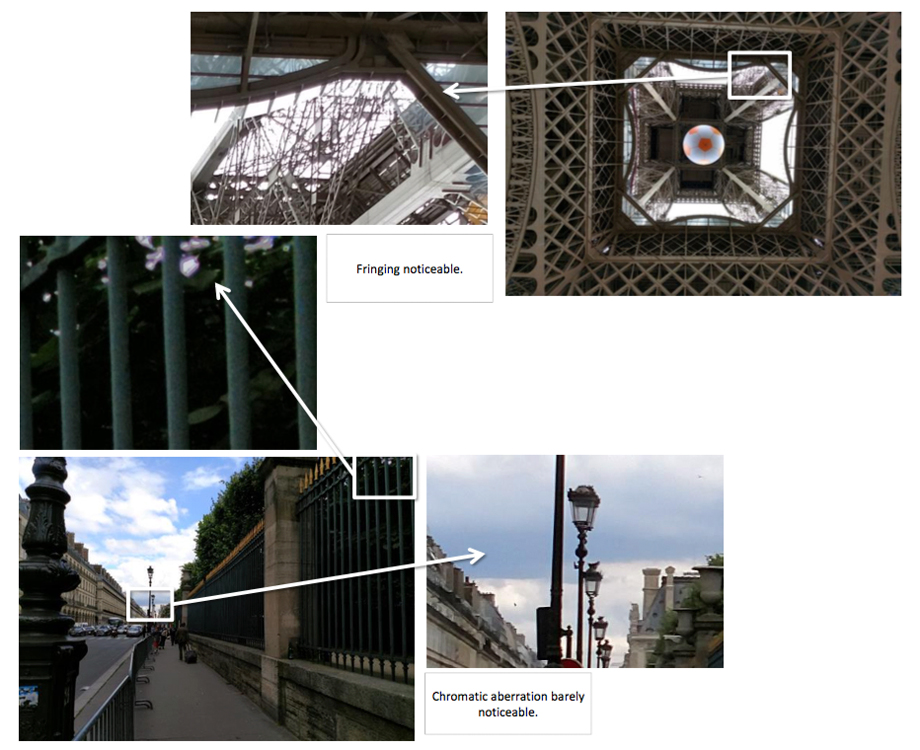
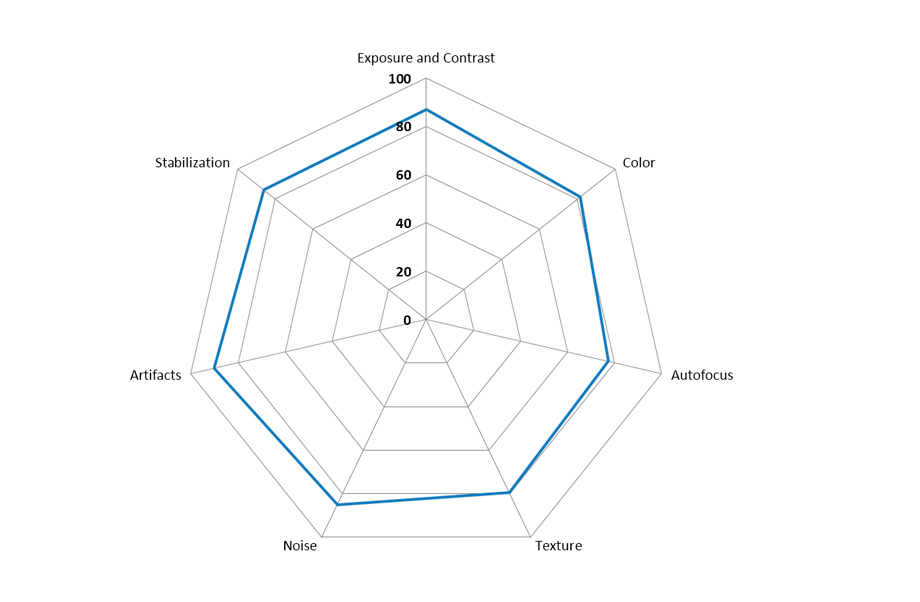
DXOMARK encourages its readers to share comments on the articles. To read or post comments, Disqus cookies are required. Change your Cookies Preferences and read more about our Comment Policy.